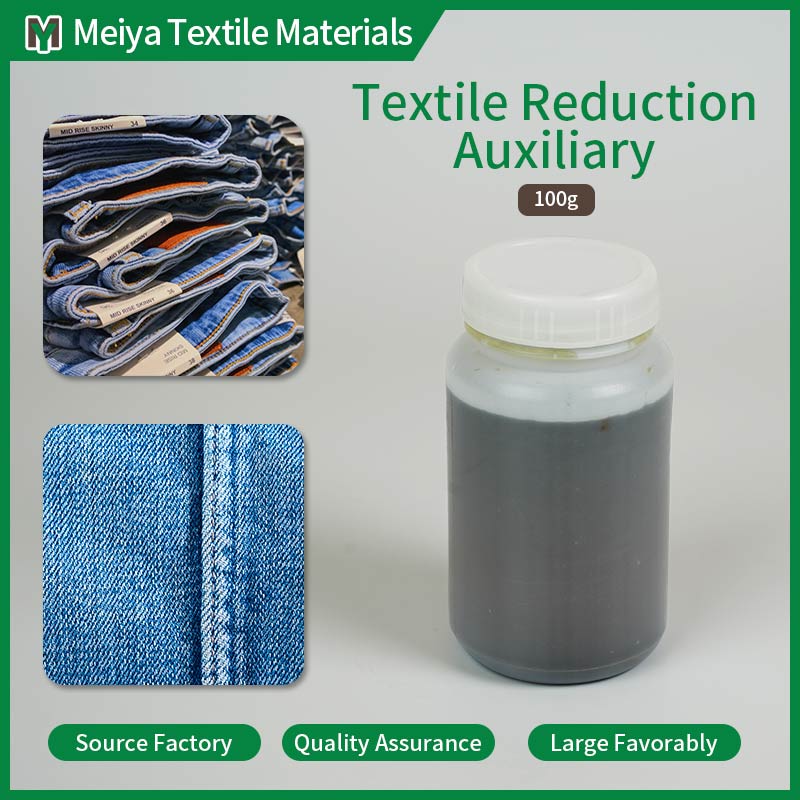Why Eco Friendly Fabric Dye Leads The Future Of Green Printing And Dyeing
Today, with the increasing awareness of environmental protection, the textile industry is facing unprecedented challenges and opportunities. The environmental pollution problems caused by traditional printing and dyeing processes have prompted textile companies around the world to seek more sustainable solutions. Against this background, Eco Friendly Fabric Dye came into being and became a key force in promoting the green transformation of the textile industry. This article will explore in depth the characteristics, advantages and application prospects of Eco Friendly Fabric Dye in the industry.
Core Features of Eco Friendly Fabric Dye
Eco Friendly Fabric Dye is a new type of fabric dye developed based on the concept of environmental protection. Its core feature is its low harm to the environment and human body. Compared with traditional dyes, Eco Friendly Fabric Dye uses renewable resources or bio-based raw materials, reducing dependence on petrochemical products. At the same time, the use of harmful chemicals is strictly controlled in its production process to ensure that the dye does not contain harmful components such as heavy metals and formaldehyde, which meets international environmental standards.
In addition, Eco Friendly Fabric Dye shows excellent performance in the dyeing process. Its molecular structure has been optimized to better combine with fibers, reduce dye waste and water consumption. The dyed fabrics are not only bright in color and have high color fastness, but also have excellent washability and lightfastness, meeting the stringent quality requirements of high-end textiles.
Environmental benefits of Eco Friendly Fabric Dye
Traditional printing and dyeing processes are one of the main sources of pollution in the textile industry. The wastewater discharged contains a large amount of harmful chemicals, which causes serious pollution to water bodies and soil. The application of Eco Friendly Fabric Dye significantly reduces the environmental burden of the printing and dyeing process. First, its low toxicity and harmless characteristics reduce the difficulty of wastewater treatment and reduce the cost of sewage treatment. Secondly, due to the high utilization rate of dyes, the wastewater and waste generated during the dyeing process are greatly reduced, further reducing the pressure on the environment.
Market prospects of Eco Friendly Fabric Dye
As consumers' demand for sustainable products continues to grow, the market potential of Eco Friendly Fabric Dye is becoming increasingly prominent. According to market research institutions, the global environmentally friendly dye market is expected to grow at an average annual rate of 8% in the next five years. This trend is particularly evident in the European and American markets. Many well-known brands have made environmentally friendly dyes a standard in their supply chains to meet consumers' expectations for green products.
In China, with the proposal of the "dual carbon" goal, the textile industry is accelerating its transformation towards green and low-carbon. More and more Eco Friendly Fabric Dye factories are emerging to provide high-quality environmentally friendly dye solutions for domestic textile companies. As one of them, MEIYA not only pays attention to the environmental performance of its products, but also continuously improves the cost-effectiveness of dyes through technological innovation, making it more competitive in the market.
Challenges and future development direction
Although Eco Friendly Fabric Dye has many advantages, its promotion still faces some challenges. First, the cost of environmentally friendly dyes is relatively high, which may be a burden for small and medium-sized textile companies. Secondly, consumers' awareness of environmentally friendly dyes still needs to be improved, and market education needs to be further strengthened.
In the future, the development direction of Eco Friendly Fabric Dye will focus on the following aspects: first, reduce production costs through technological innovation to make environmentally friendly dyes more popular; second, strengthen cooperation with textile companies to promote the application of environmentally friendly dyes in more fields; third, increase publicity efforts to enhance consumers' awareness and acceptance of green textiles.
Conclusion
Eco Friendly Fabric Dye is not only an important tool for the green transformation of the textile industry, but also a key link in achieving sustainable development goals. With the advancement of technology and the growth of market demand, environmentally friendly dyes will surely become the mainstream choice of the textile industry in the future. For textile companies, early deployment of the production and application of Eco Friendly Fabric Dye is not only responsible for the environment, but also an investment in the future. Let us look forward to Eco Friendly Fabric Dye bringing a greener and better tomorrow to the textile industry.

